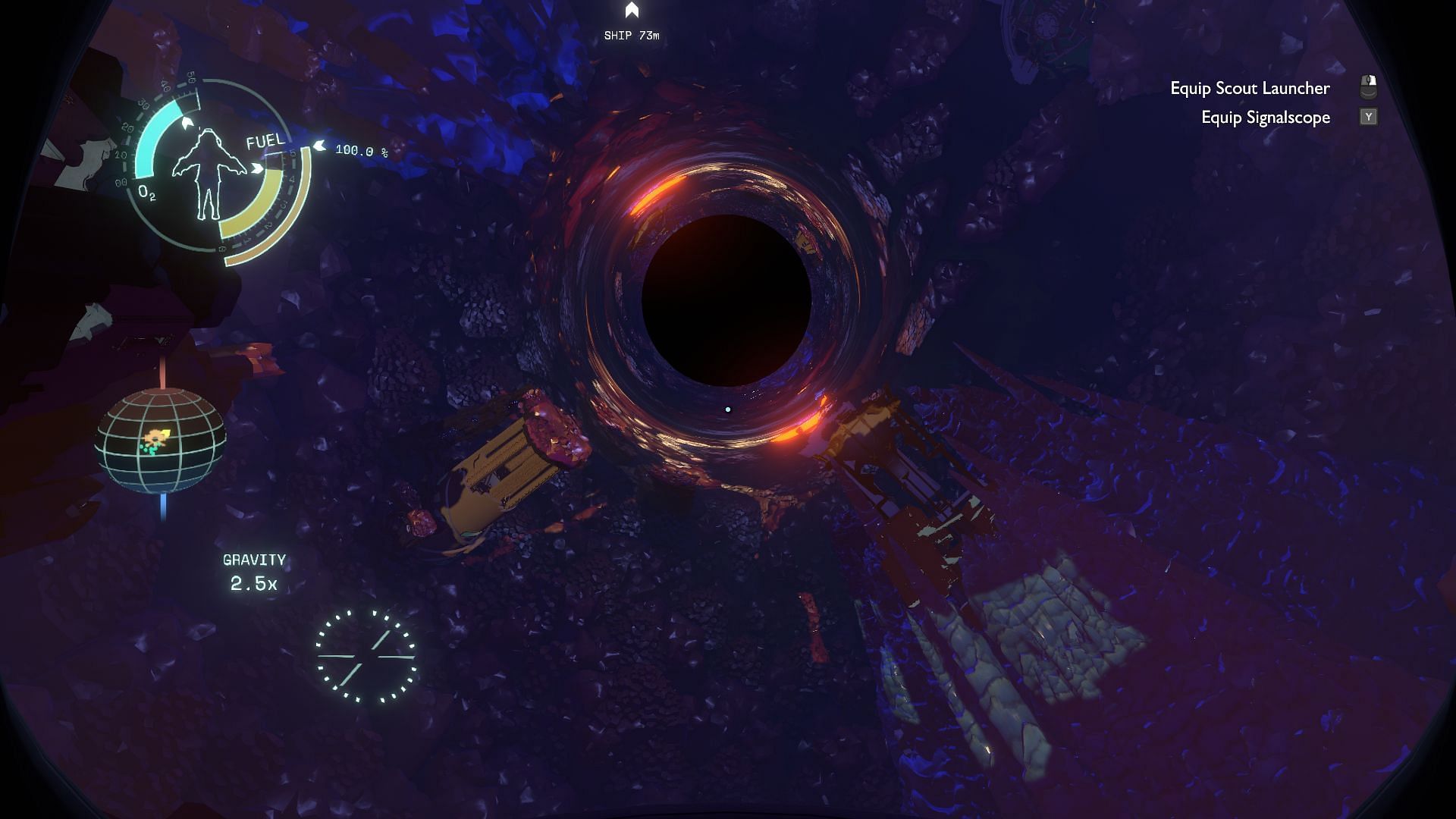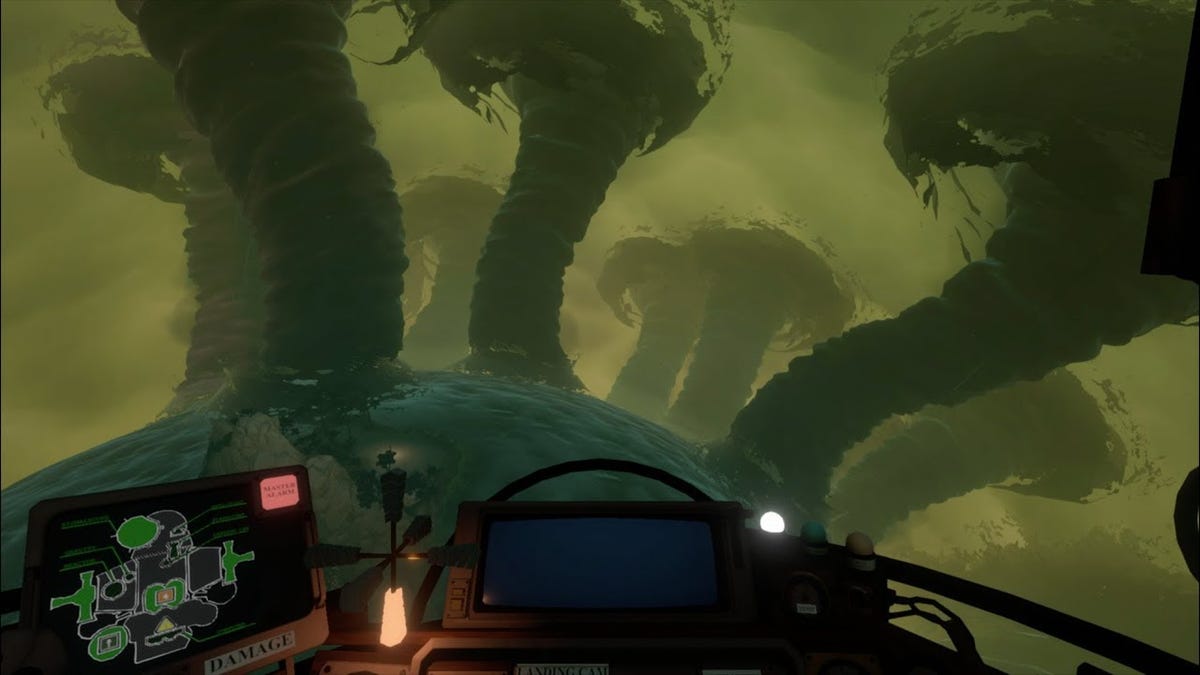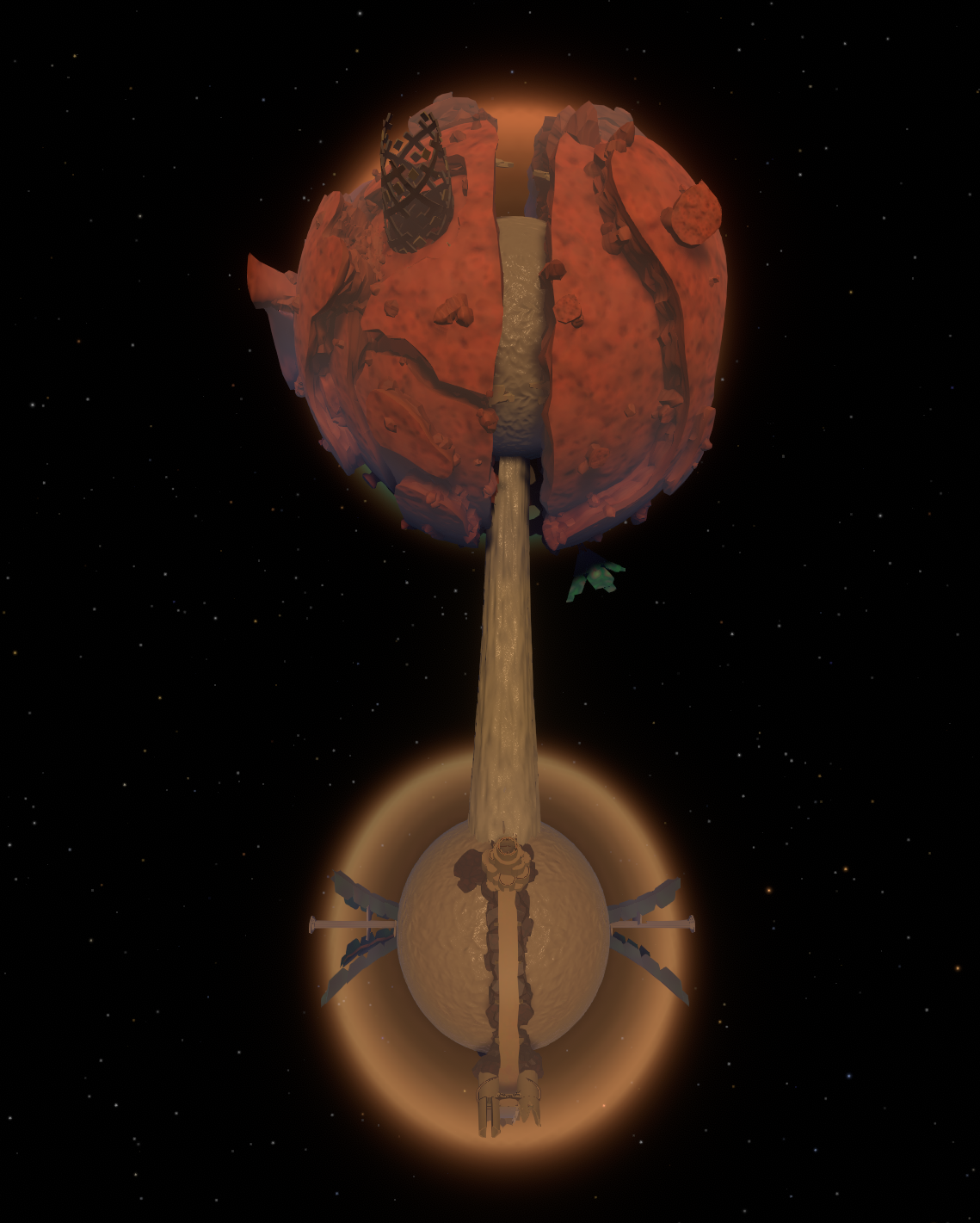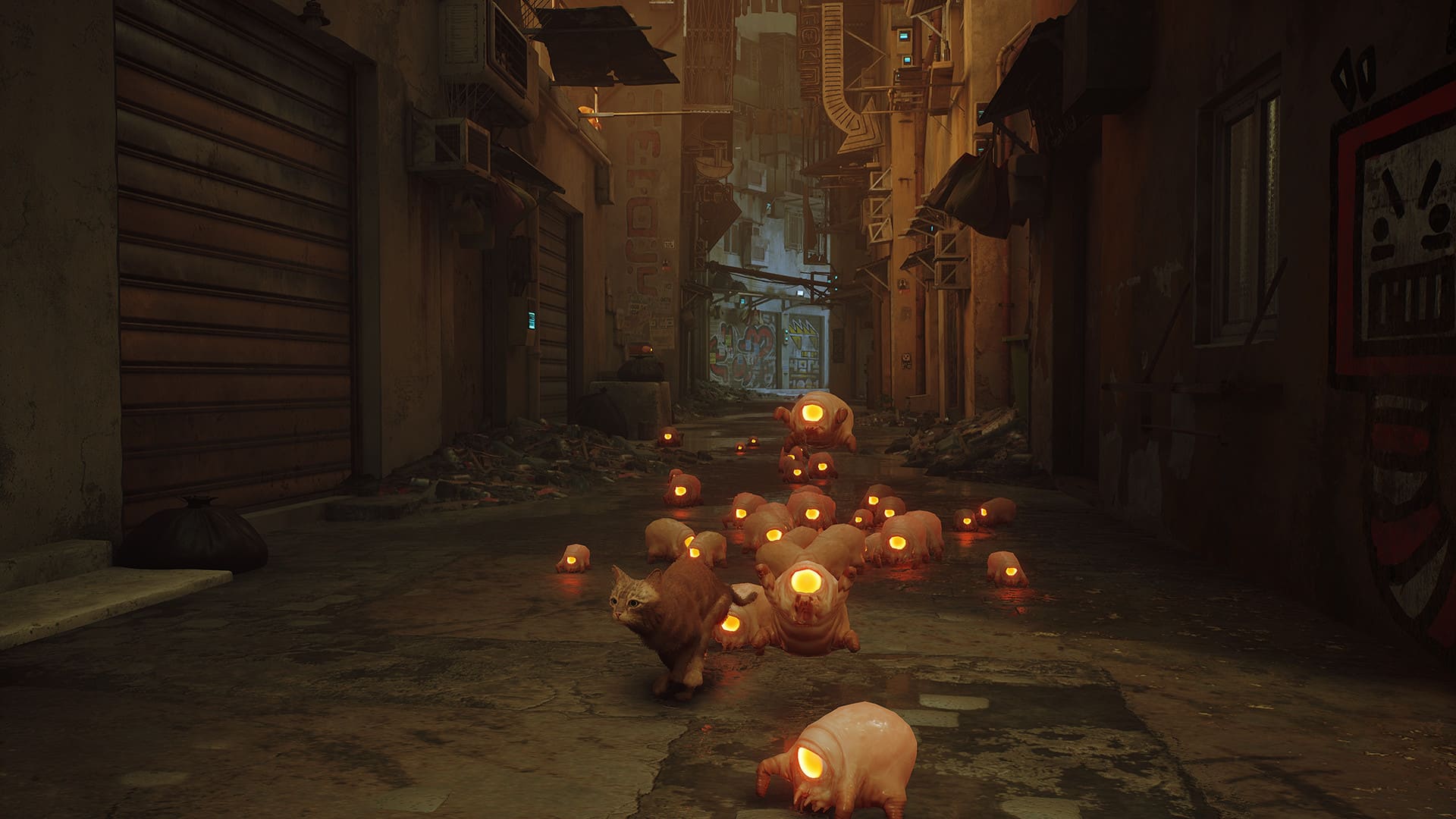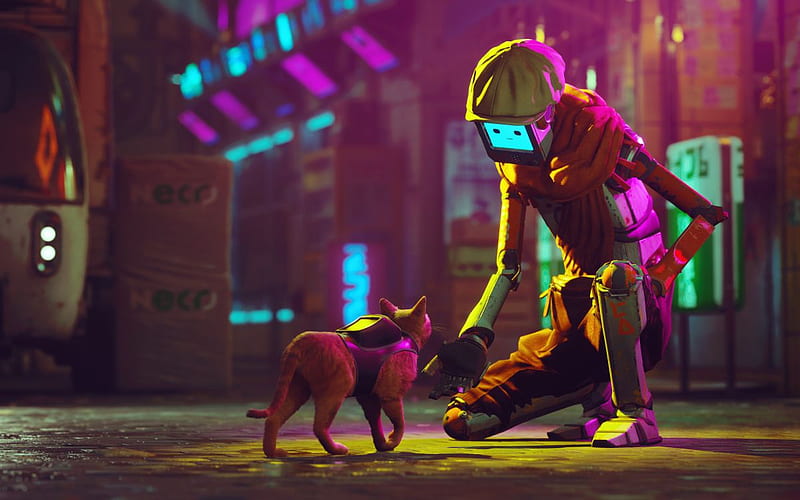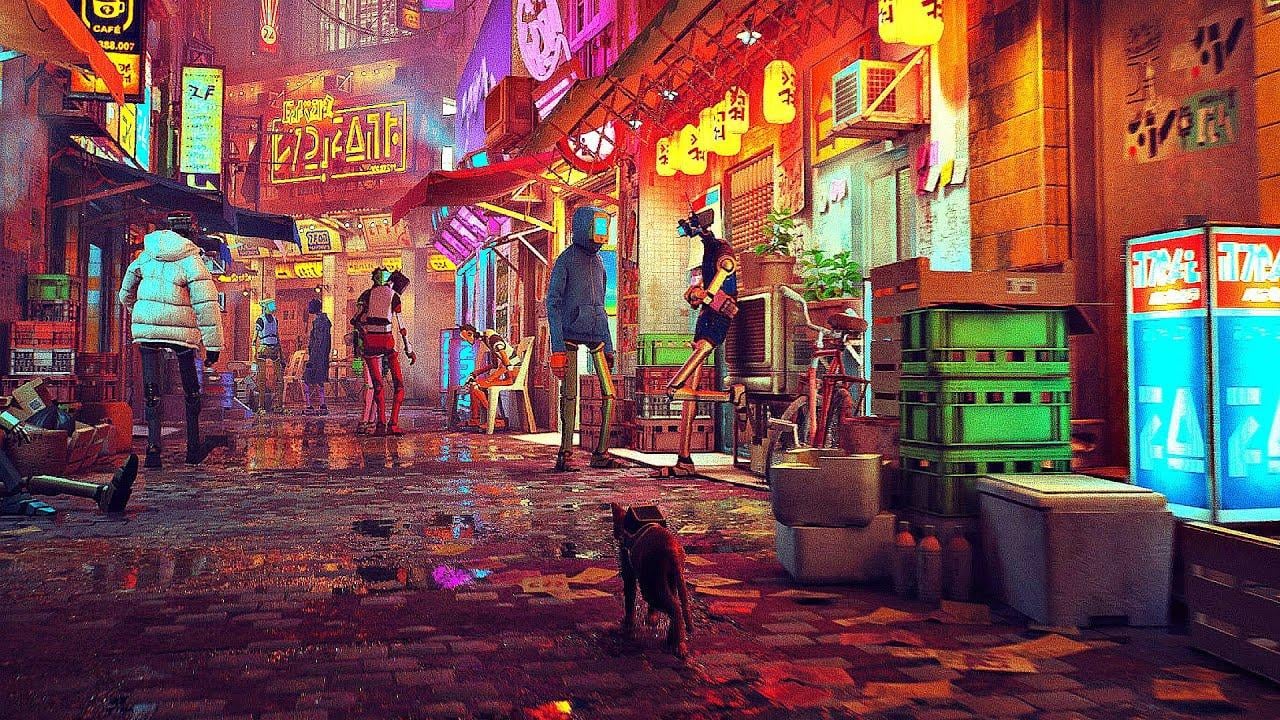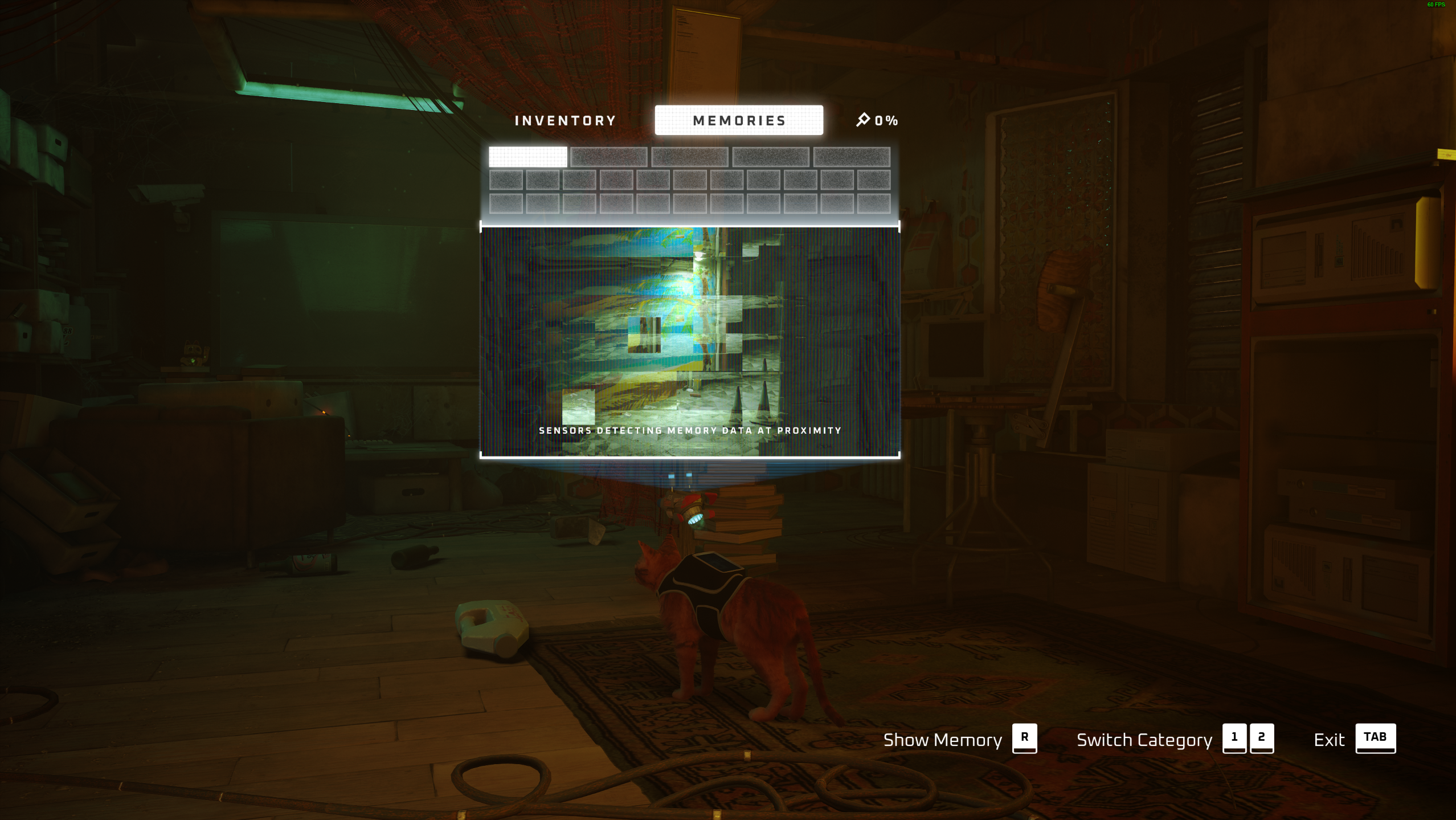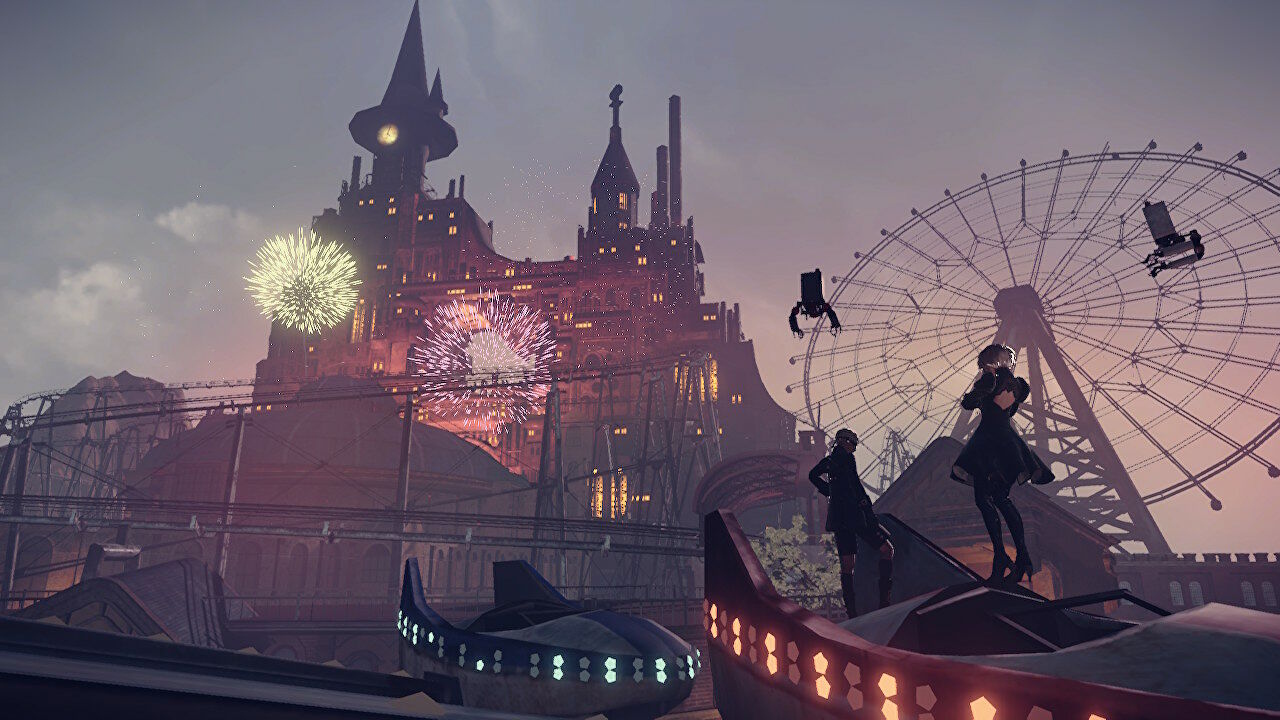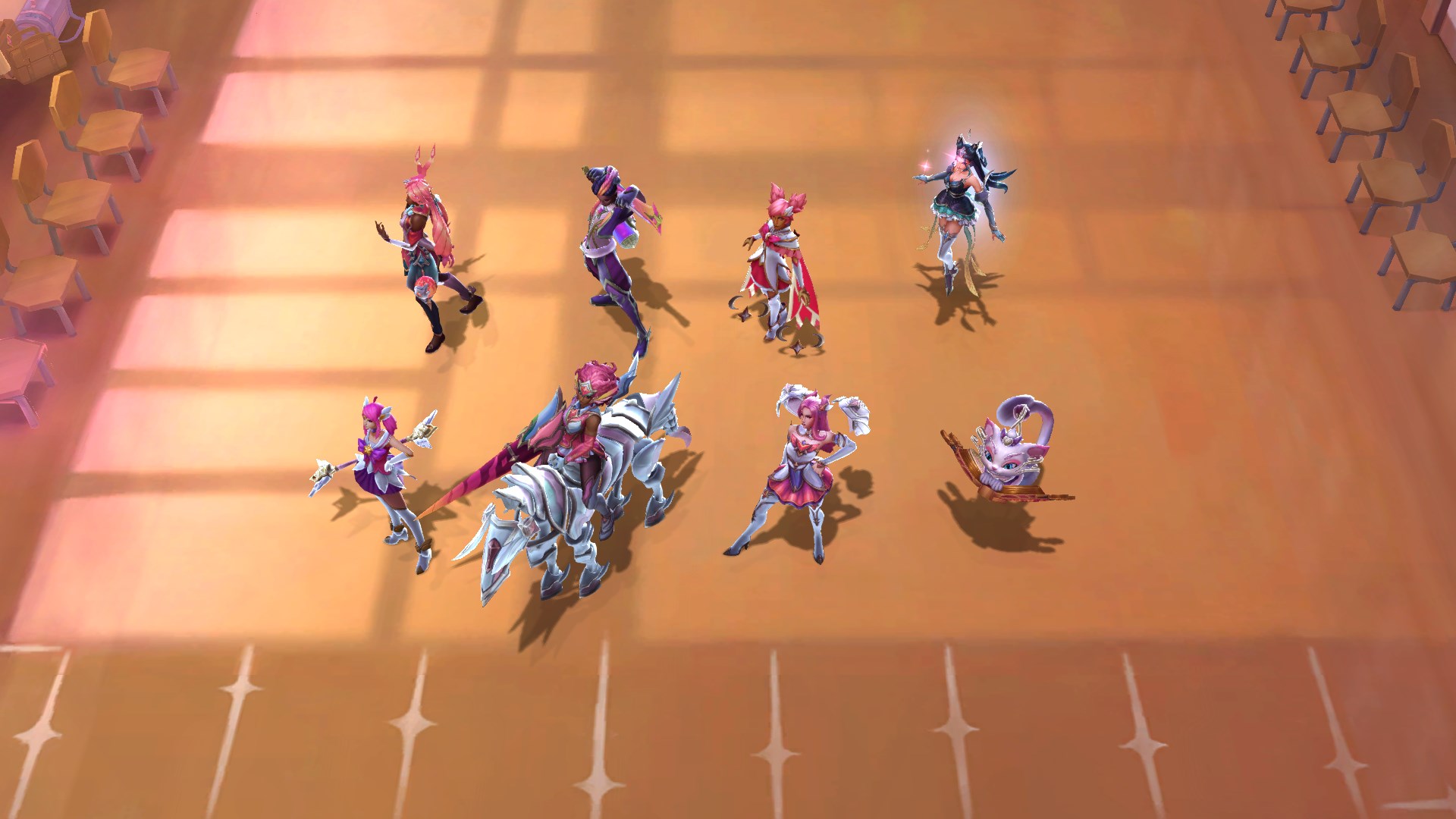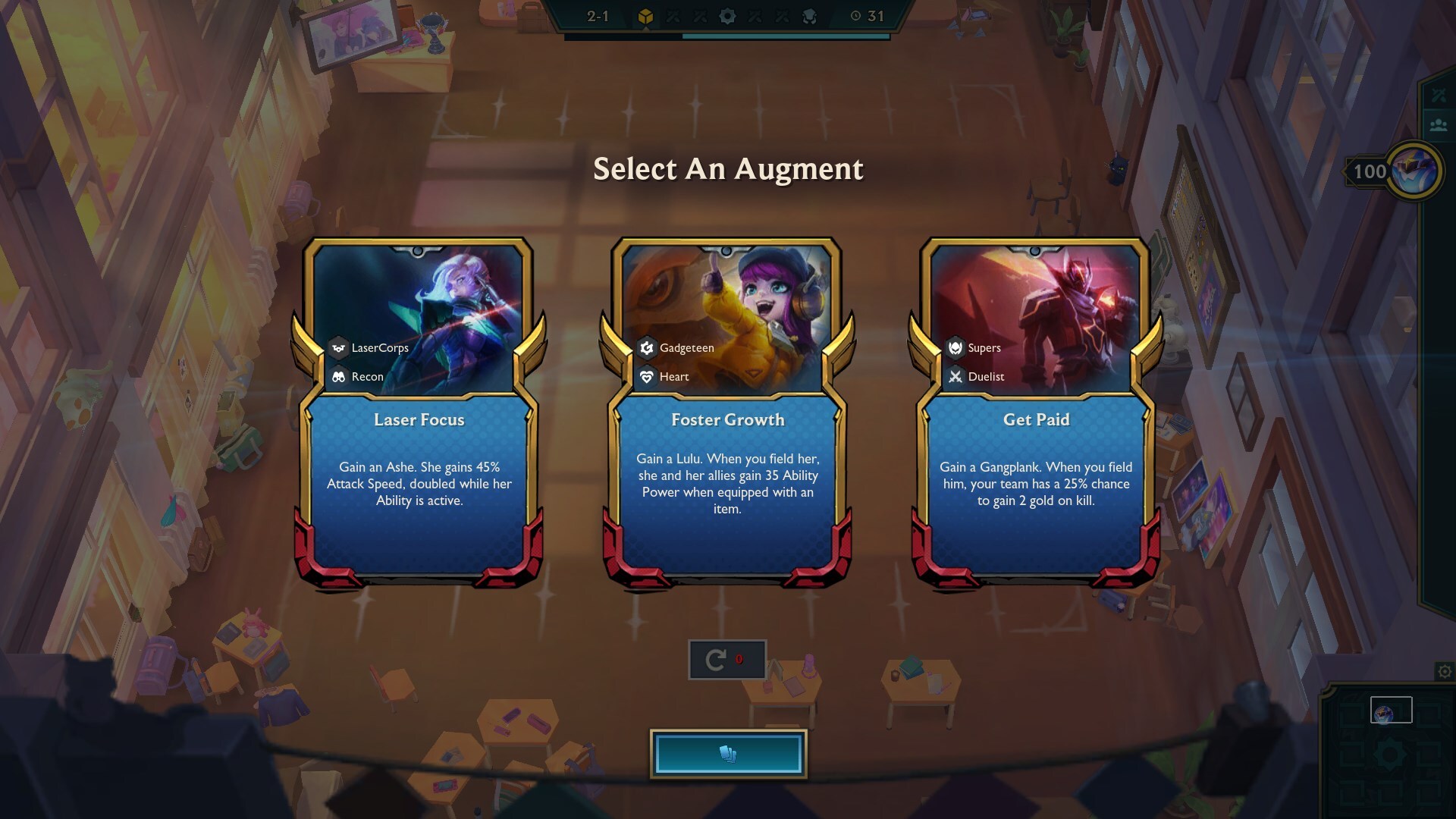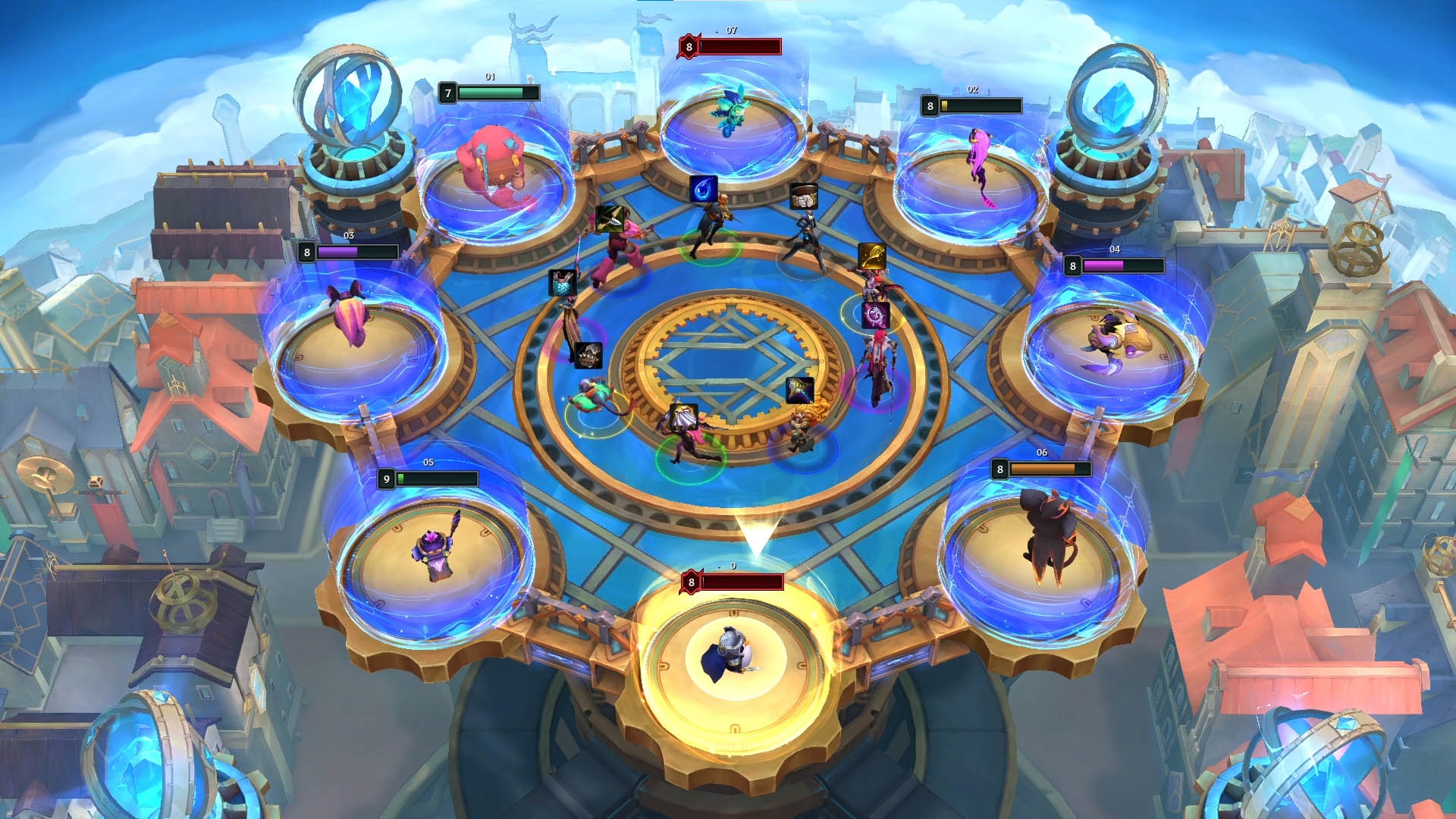Overview
Raft is an open world survival game developed by Redbeet Interactive. It started as a prototype on Itch.io in 2016 and has since been developed into a full game with over 11 million units sold. In this post, we will explore the uniqueness of Raft and how it had garnered such a positive response in its release.
Lens 9: The Elemental Tetrad
Mechanics
As a survival game, Raft brings a twist to the genre through a unique take on the core gathering mechanic. As the player is thrown onto a raft drifting along a seemingly endless ocean with nothing but an old plastic hook, the player utilizes it to grab onto floating debris as a means of gathering resources. Through this, the player can craft various items such as survival equipment, crop plots, cooking pots, grills and much more to help with survival. Collecting blueprints drifting along the ocean will also unlock new technologies to be crafted and progress the game.
There are many more mechanics which make Raft an enjoyable experience. Some of these mechanics include:
- Navigating to new destinations, solving their puzzles to uncover fragments of the story.
- Diving into the depths to gather rare metals and materials.
- Fighting various creatures as part of protecting the raft and making it through the islands.
- Farming and cooking by catching animals, growing plants and collecting recipes.
Story
The intriguing story behind Raft takes center stage in the game to pique the player’s curiosity. As the player explores the world submerged by water, they discover new parts of the story through notes left by characters who lived on the islands. These notes allow the player to gain new insight about the world and humanity’s attempts at survival on the island that ultimately failed. The story behind Raft and its many characters serve as a motivation for the player to continue exploring the world – to uncover the eventual fate of the characters and perhaps find life in a utopia beyond the endless ocean.
Aesthetics
The game goes with animated graphics which works well within the theme. It allows the game to have wacky-looking creatures such as the Poison-Puffers and for players to don them as hats when killed and looted.
Not to mention the amazing sunsets players can enjoy in the game as well as the amazing rafts they could build.
Although the aesthetics of the game are not as realistic as others, its animated graphics are able to give players a wacky and fun experience with the designs of various creatures while still providing an immersive and scenic experience when given the opportunity.
Technology
The game is built on the Unity game engine. It has excellent animated graphics that runs smoothly on minimum PC requirements. It has since only been released for PC, although release for consoles have been confirmed with no release date yet.
#3 The Lens of the Venue
The main venue of Raft and where the player spends the most time is, well, the raft. The venue in itself brings about much of the game’s story, mechanics and goals.
Being stranded at sea, struggling to survive creates the goal of gathering resources and finding a way to build a renewable source of food and water. At the start of the game, the sea currents act as the primary way of moving the raft, bringing resources to the player and enabling the player to progress.
All the elements of the game harmonizes well with the venue. The story revolves around how the world ended up in this state and humanity’s attempts to survive. The mechanics revolve around gathering resources from the ocean and various islands, crafting tools and devices on the raft to survive and thrive. The venue in Raft is of utmost importance as it acts as the overall theme of the game that unifies the various elements.
#6 The Lens of Curiosity
Following the unique venue, the player is immediately prompted with questions regarding the origin and backstory. How did the world end up this way? Why am I suddenly placed on a raft in the middle of the ocean? Why is this shark constantly following me and attack me whenever I dip my toes into the water?
Curiosity serves as the main driver and motivation for players to progress. Utilizing the Lens of Curiosity, Raft sets itself apart from being simply an open-world survival game. It becomes an adventure for the player to uncover the secrets held by the once inhabited islands in Raft.
The player starts off seemingly aimlessly, drifting along the ocean’s waves. Then, they’d start to see other abandoned rafts or shelters on islands – evidence of humanity. After crafting the first navigation item, the receiver, the player can finally start to seek answers to their questions and satiate their curiosity. Following signals and coordinates, the player journeys from island to island, following the footsteps of various characters. The game places the player in the shoes of these characters as their stories are told through notes and saved in the player’s journal. The completion of each island reveals part of the story, but sometimes even more questions. They can’t help but wonder – “What happened to them? Are they still alive? Did their plan for survival succeed?”
“Will we finally find humans on the next island?”
#21 The Lens of Flow
Raft starts off with the clear goal of survival. The player is thrown onto a raft with nothing but a hook and rubbish floating in the ocean around them. From there, the player focuses on learning how to gather resources to survive.
Once the player becomes adept at this, simple survival would no longer be an issue. Food and water become readily available through distillation devices and crop plots. Resources from the ocean can easily be gathered using collection nets, no longer requiring the player to constantly gather the basic resources manually via hook. Instead, the player now focus on researching new technologies and mechanics – gathering recipes and using the cooking pot to make better forms of sustenance, crafting and learning the navigation system, exploring and solving puzzles on islands to progress the story.
Through these progressions, the game continues flowing and provides the player with new challenges and mechanics to focus on before the old ones get dull.
#44 The Lens of Cooperation
Just like many survival games, Raft is designed to be both a single player and a cooperative multiplayer game. There are more than sufficient types of tasks and mechanics for players to split up and work in parallel.
Although the given characters aren’t any different, players often self-delegate roles when cooperating. This happens due to the nature of survival games and how players have different preferences to tasks and resource management. For example, a player might be in charge of gathering resources, building the raft and decorating while the other focuses on navigation, maintaining the farm and fighting off the pesky shark.
However, the split in taskings converge when the players reach an island. They start working on the same tasks to figure out puzzles or to fight off certain creatures. Namely, the rhino shark fight where it is much easier for one player to capture the attention of the shark while the other positions the explosives on the pillars.
However, as the game is designed to be playable in single player, none of these tasks force cooperation between players.
#96 The Lens of Friendship
Similarly, Raft has all the qualities of a game you’d like to enjoy with friends. More than just the element of cooperation mentioned before, the entire immersive experience of Raft feels like it was made to be experienced with others.
The fear when you first get attacked by the shark after falling off the raft.
The excitement of picking up a new blueprint and discovering new technologies.
The anticipation of possibly finding humans and uncovering the next part of the story upon reaching the next island.
The satisfaction of overcoming obstacles and figuring out the solution to various puzzles.
As a game rich with many of such experiences, players are guaranteed to find many memorable moments to share with their friends.
Conclusion
The experience of playing Raft was fresh as the game was able to keep delivering new mechanics and events before it got dull. Playing through this game with a friend was certainly one of my fondest memories of playing through a game as there was a good balance of calm moments to zone out and talk while gathering resources and intense moments to focus and cooperate to overcome challenges. All in all, Raft has a unique and creative take on the survival game genre and its story acts as an excellent driver for players to progress the game.

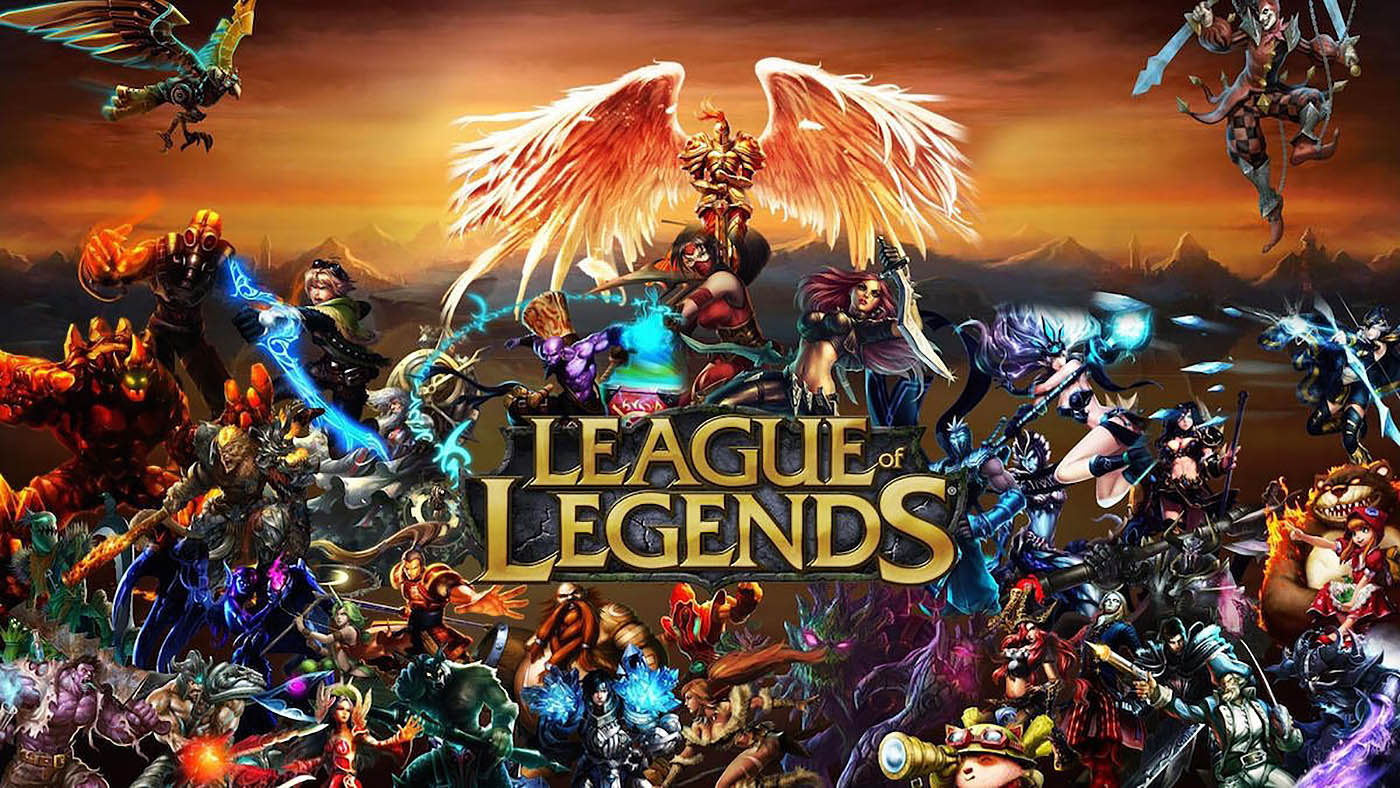
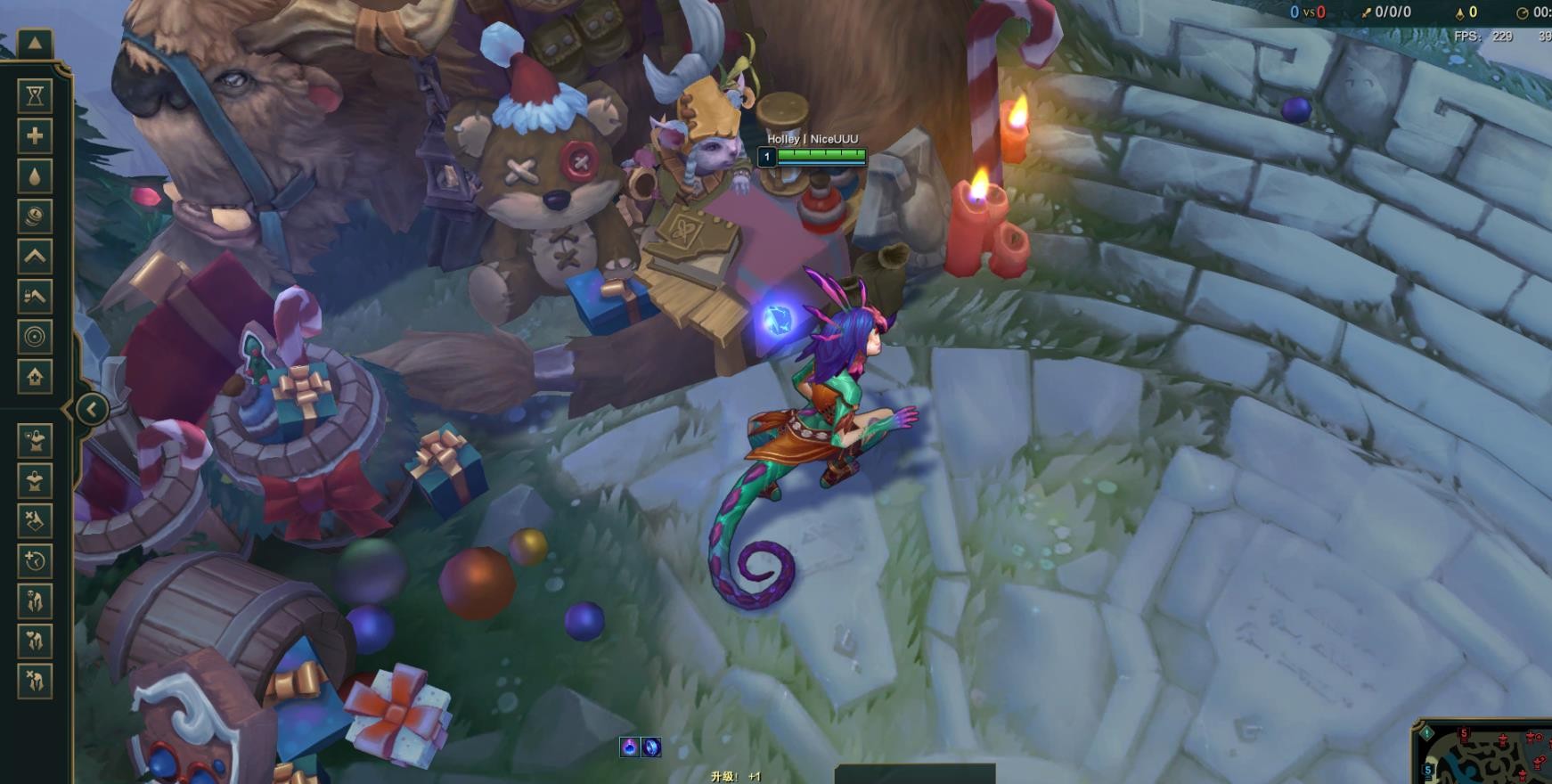
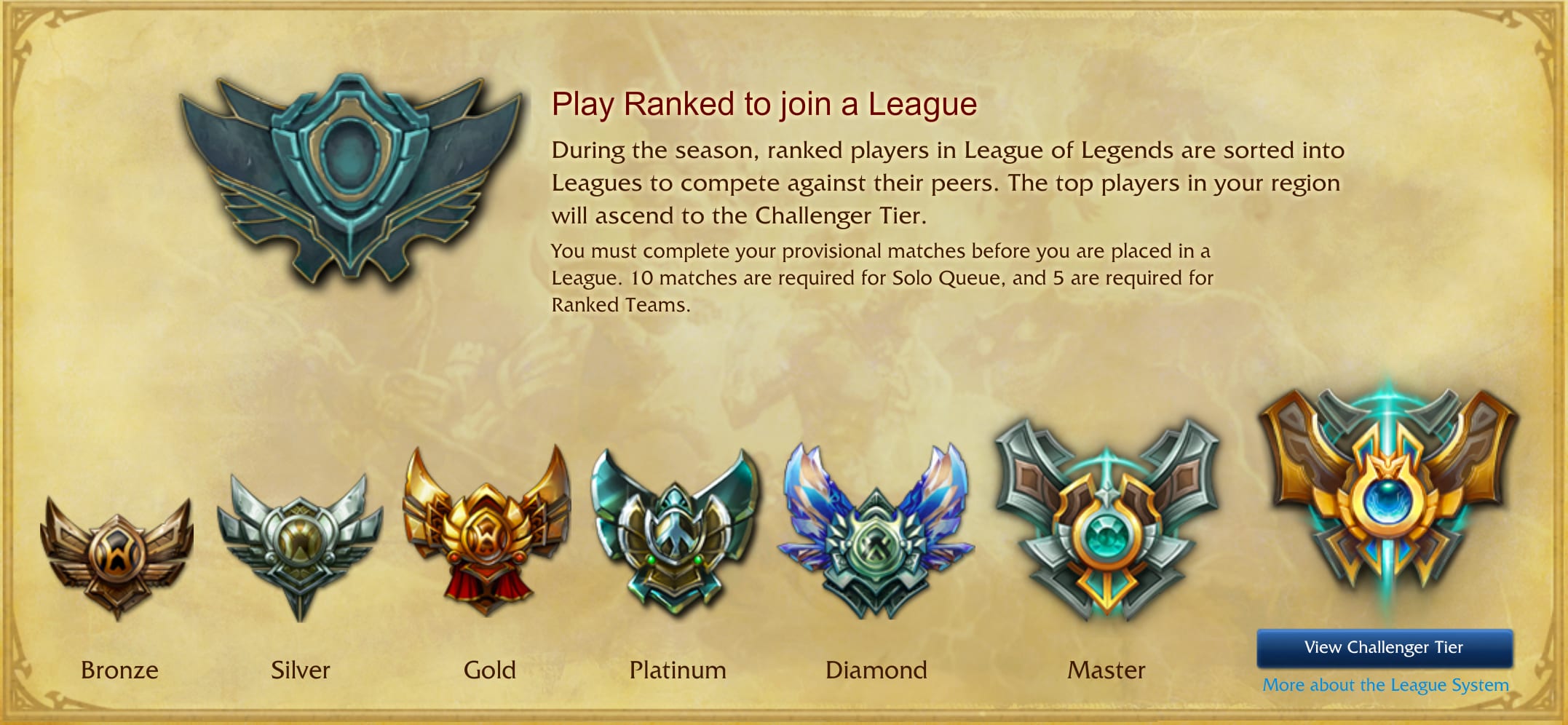


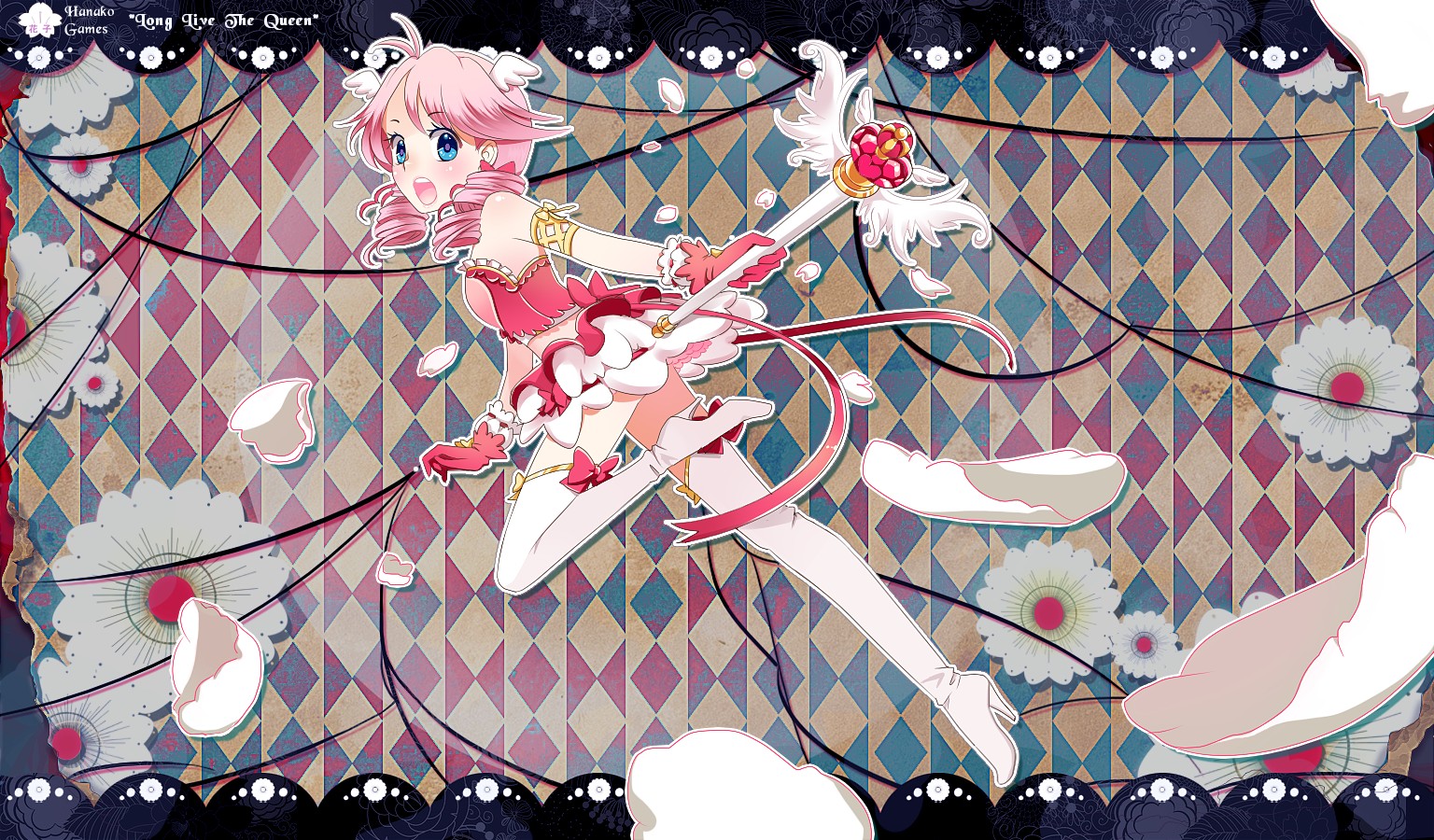

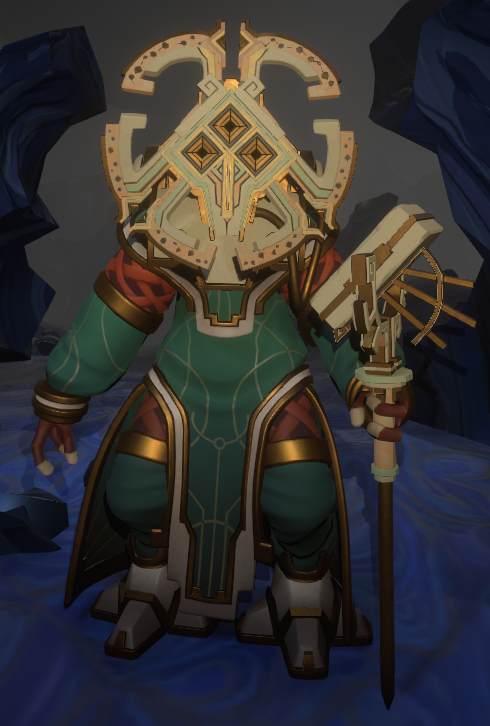
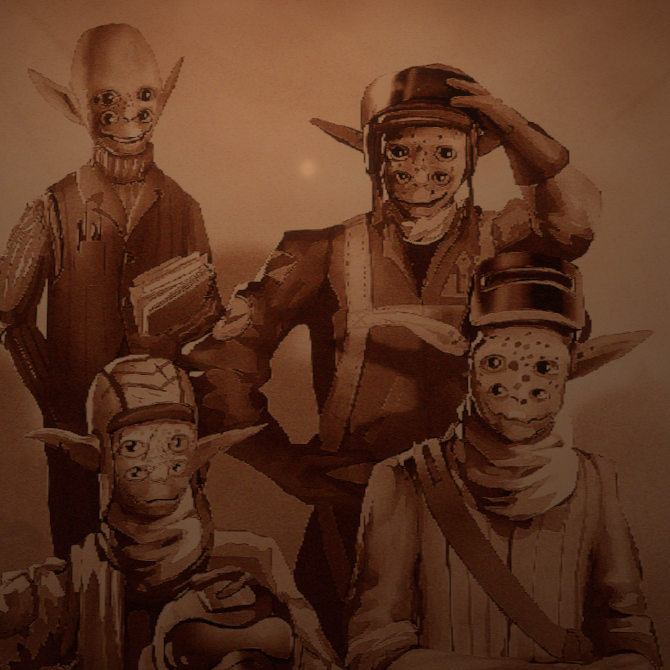

:no_upscale()/cdn.vox-cdn.com/uploads/chorus_asset/file/18321987/Outer_Wilds_The_Attlerock__0000_Layer_8.jpg)

